Can reefs be designed for immunity? Genetic research is identifying disease-resistant super corals in the Caribbean
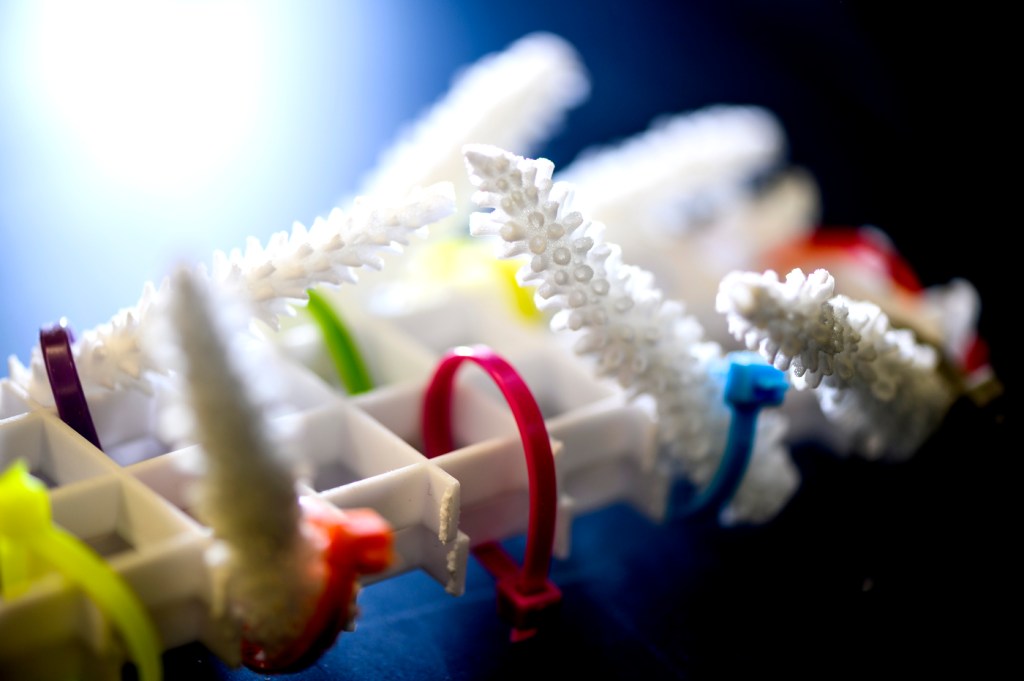
Witnessing disease outbreaks that have nearly annihilated staghorn coral colonies in the Caribbean, Northeastern scientist Steven Vollmer wondered what lessons a few lone survivors might offer for the future of coral reefs.
Would it be possible to identify disease-resistant corals by their genetic makeup?
And if the hardier types were specially selected for underwater coral nurseries, would the result be healthier reef systems?
Vollmer’s new research answers the first question in the affirmative.
His report in the Sept. 29 print issue of “Science,” now available online, identifies dozens of staghorn genotypes from Florida and Panama that are resistant and highly resistant to disease.

Whether the discovery translates into reefs designed for immunity remains to be seen — but Vollmer hopes that will be the case.
As it stands now, farmers growing coral in underwater nurseries, such as those at the Coral Restoration Foundation in Florida, “might be farming 100 genotypes, but they don’t know which corals are the better performers. They don’t know who is highly disease resistant versus highly susceptible,” Vollmer says.
“We can tell you which are disease resistant with high accuracy, using as few as 10 gene variants. That’s the main takeaway of the science paper.”
The stealth disease killing Caribbean corals
People the world over are familiar with and concerned about rising sea temperatures causing “thermal bleaching” of corals and the loss of reefs in the Indian Ocean, the Great Barrier Reef and the Pacific Ocean.
“It’s a global problem,” says Vollmer, associate professor of marine and environmental sciences at Northeastern’s Marine Science Center in Nahant, Massachusetts.
But right under the nose of scientists and environmentalists, a stealthy bacterial infection called white band disease spread across the Caribbean and nearly eradicated two iconic corals, the staghorn and related elkhorn corals.
Both corals grow in dense thickets and resemble antlers, with the elkhorn having a wider spread on top.
“They were the two most common dominant shallow water corals of the Caribbean,” Vollmer says. “And white band disease wiped them out.”
The disease that turns corals white as it moves through the coral’s branches was first noticed in St. Croix in 1979, but went largely undocumented in the early 1980s, Vollmer says.
“People weren’t recording the losses very well,” he says. “So by the end of the ’80s, into the ’90s, we lost probably 95% of the staghorn and elkhorn corals in the Caribbean,” Vollmer says.
The crisis led to the growth of coral farming, especially off the coast of Florida — where coral branches are broken apart and the fragments grown on frames that look like underwater trees.
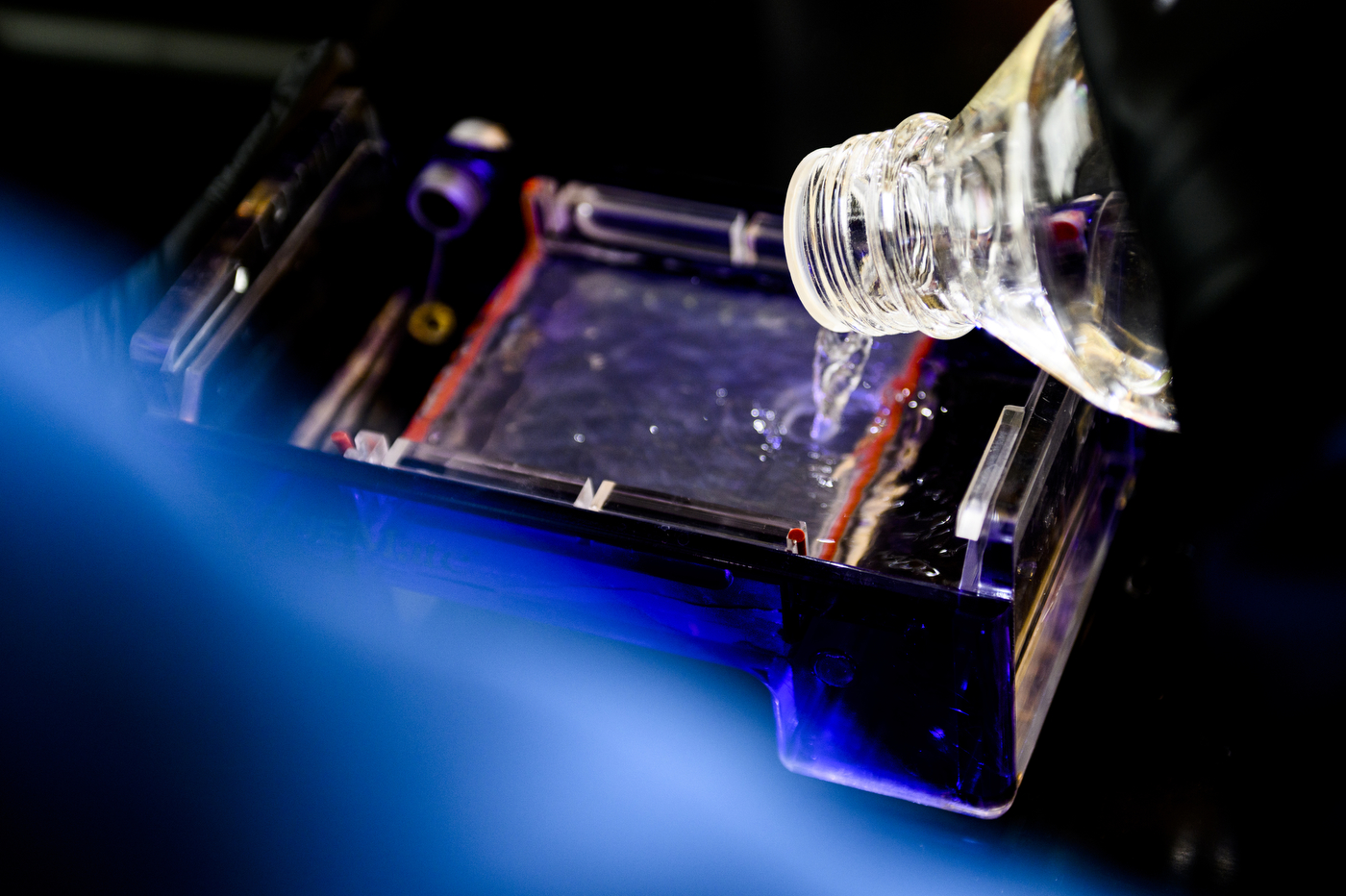
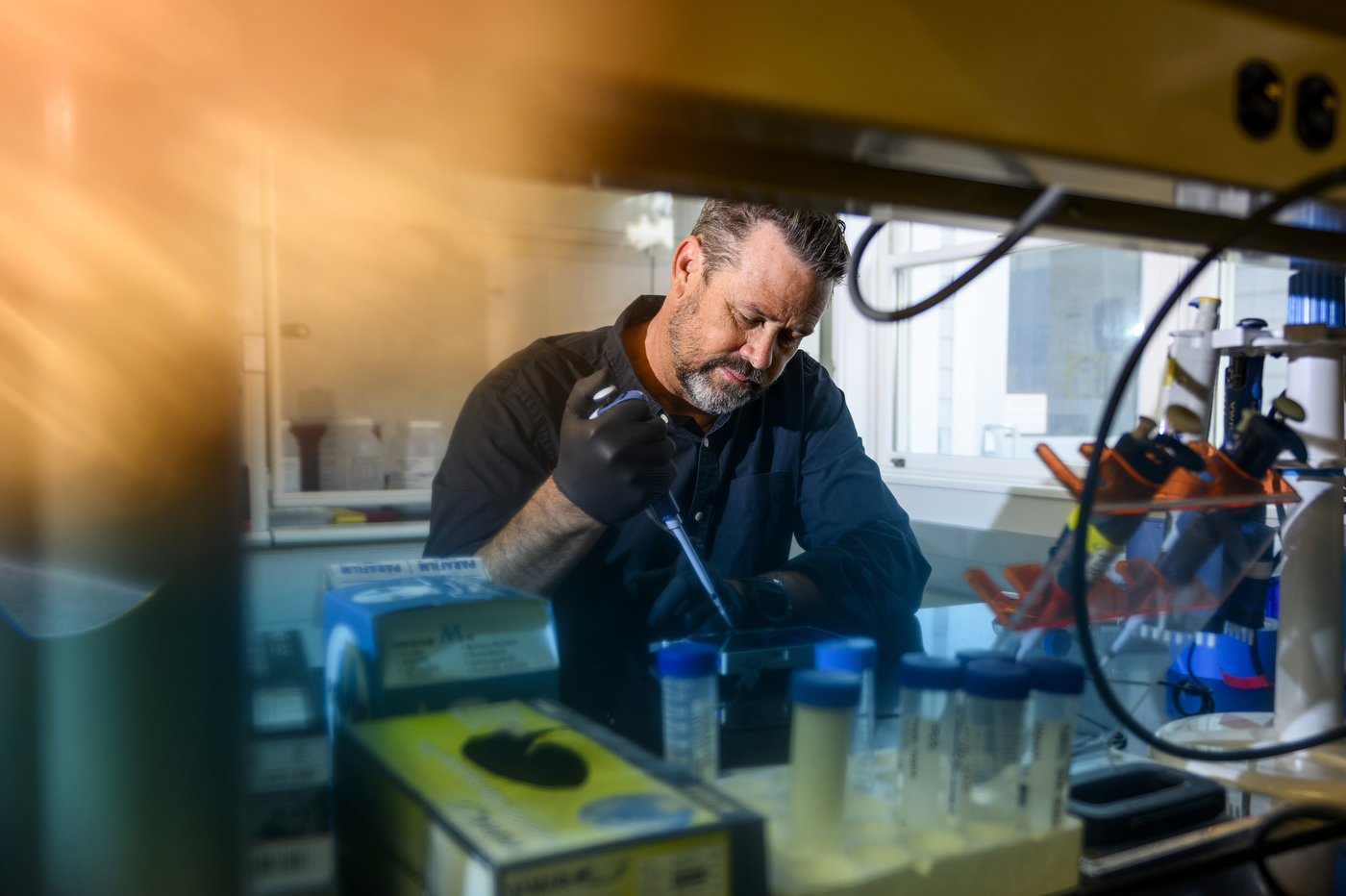
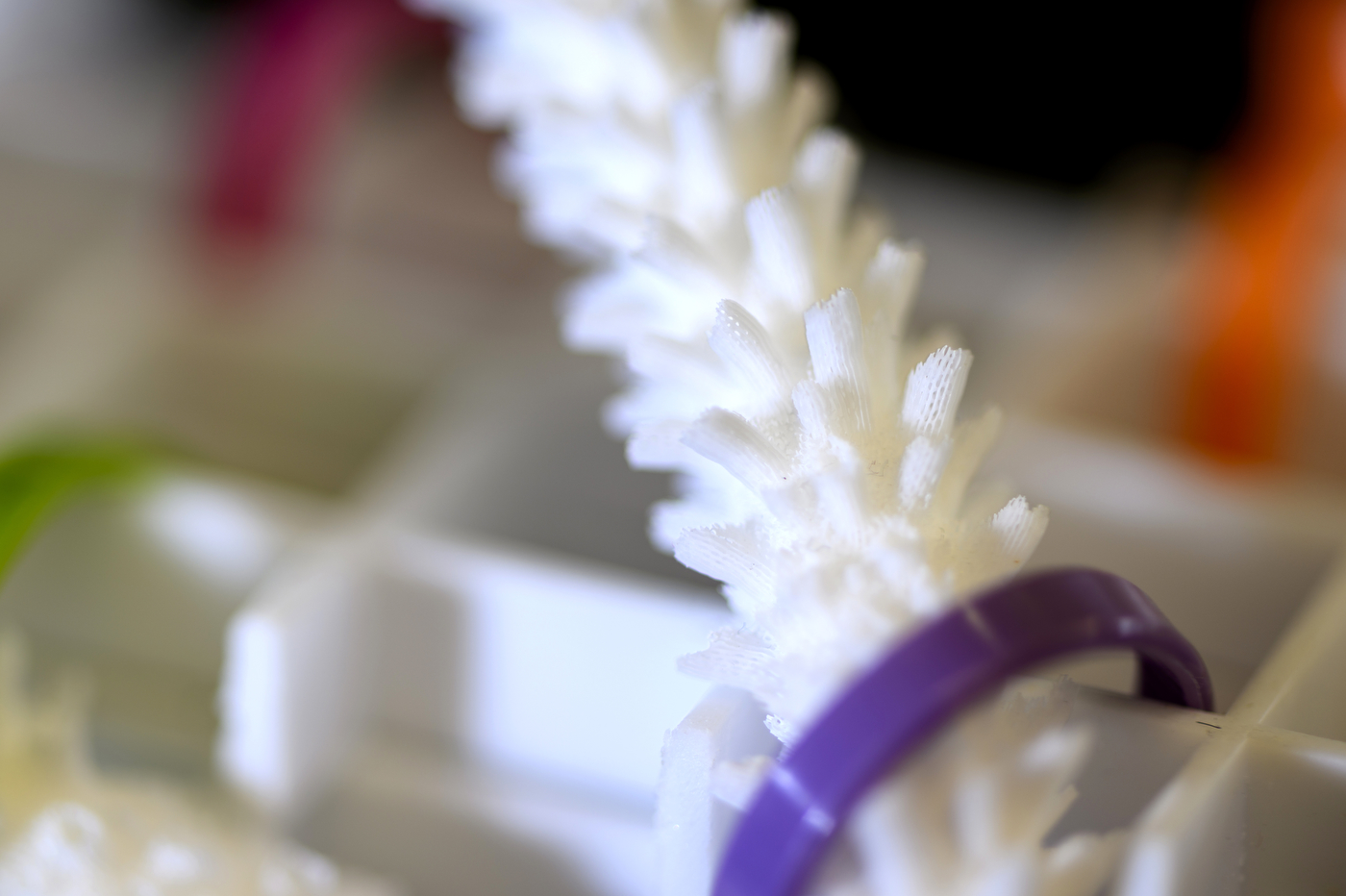
“As a coral geneticist, I was shocked that people hadn’t really asked whether the remnant staghorn coral populations that were still surviving had high degrees of disease resistance or disease susceptibility,” Vollmer says.
Florida versus Panama
So he decided to test it out with 50 staghorn coral genotypes provided by the Coral Restoration Foundation in Florida and 50 staghorn genotypes from Panama, where he has worked with the Smithsonian Tropical Research Institute.
There were two phases to the research, which was funded by a National Science Foundation grant.
One was the transmission phase, which involved subjecting the corals to up to five doses of white band disease. Those still alive after five infections were labeled “highly disease resistant.”
In addition, scientists led by Vollmer subjected the corals to whole genome sequencing to identify all of the genetic variants in their genome.
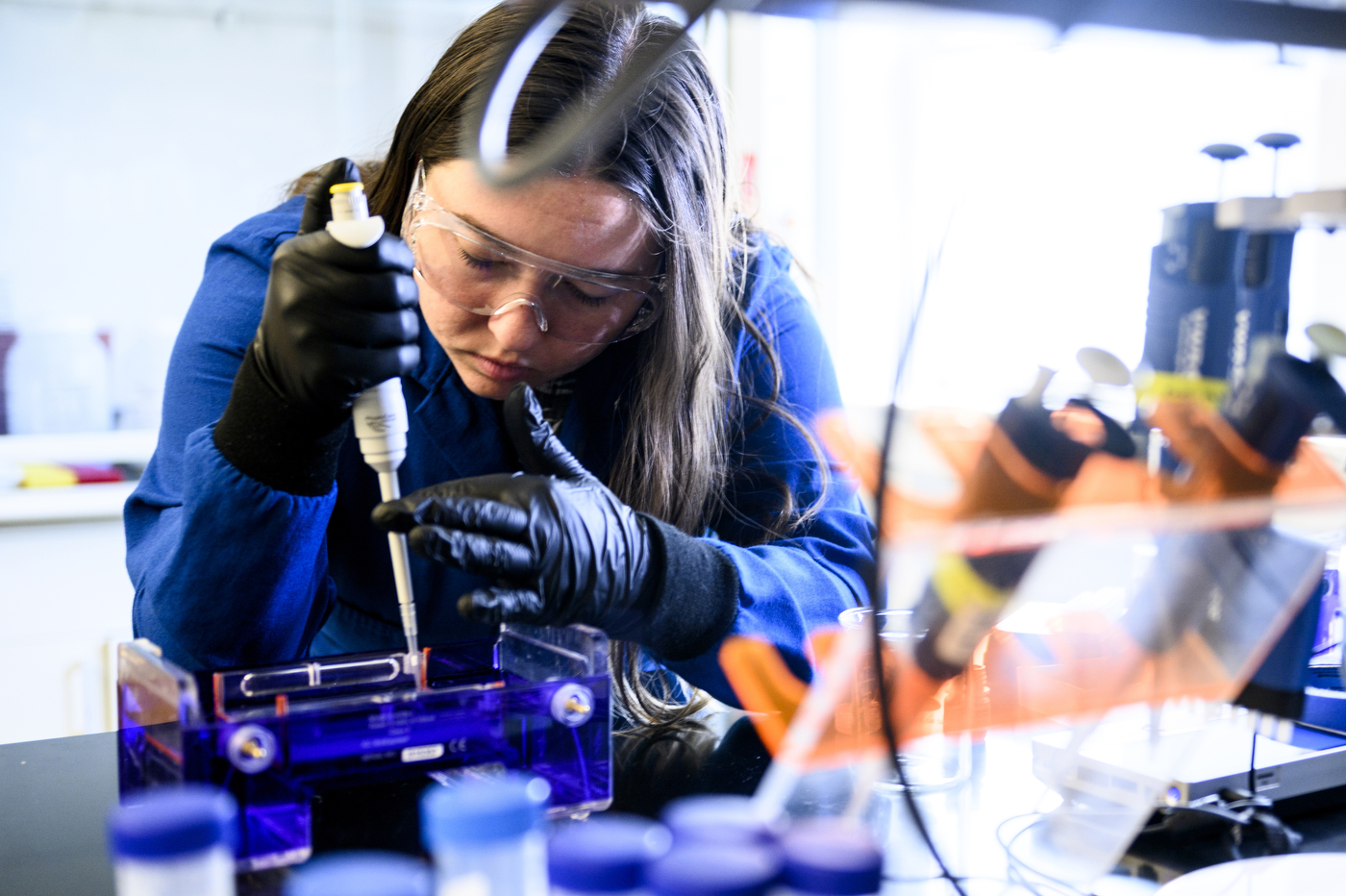
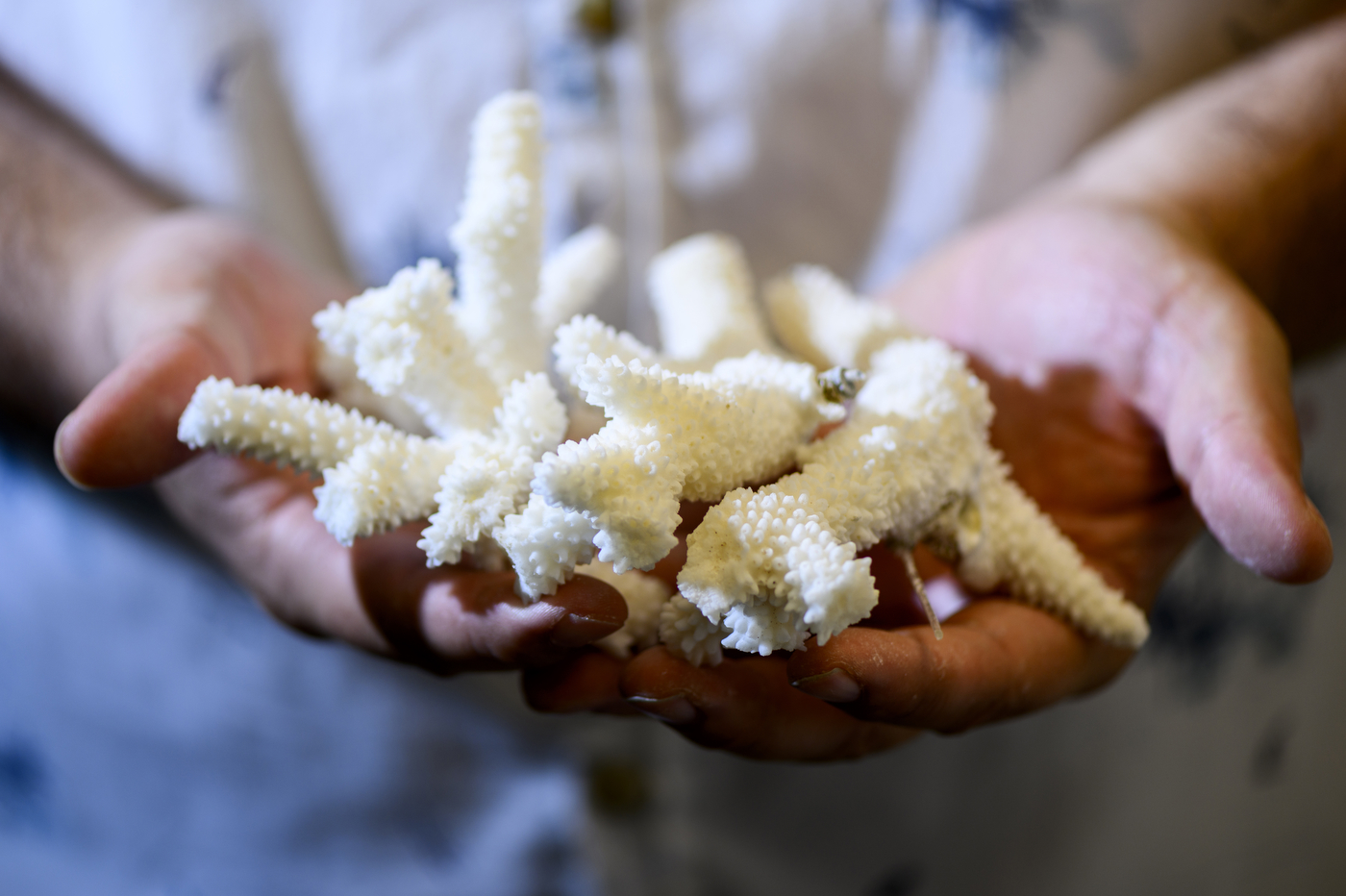
In the end they identified 33 genotypes — 19 from Florida and 14 from Panama — that displayed disease resistance, while 15 genotypes — nine from Florida and six from Panama — were highly disease resistant, or super corals.
Another 31 genotypes — 17 from Florida and 14 from Panama — had below-average disease resistance, while 15 genotypes — seven from Florida and eight from Panama — scored as highly disease susceptible in the vernacular.
Vollmer says that other considerations — such as how fast each coral grows and how thermally tolerant it is — need to be considered when determining which coral genotypes to stock in nursery farms.
But with “thousands and thousands” of corals being used to rebuild devastated Florida reefs, informing coral farmers which ones are disease resistant and which are not should help the recovery process, Vollmer says.
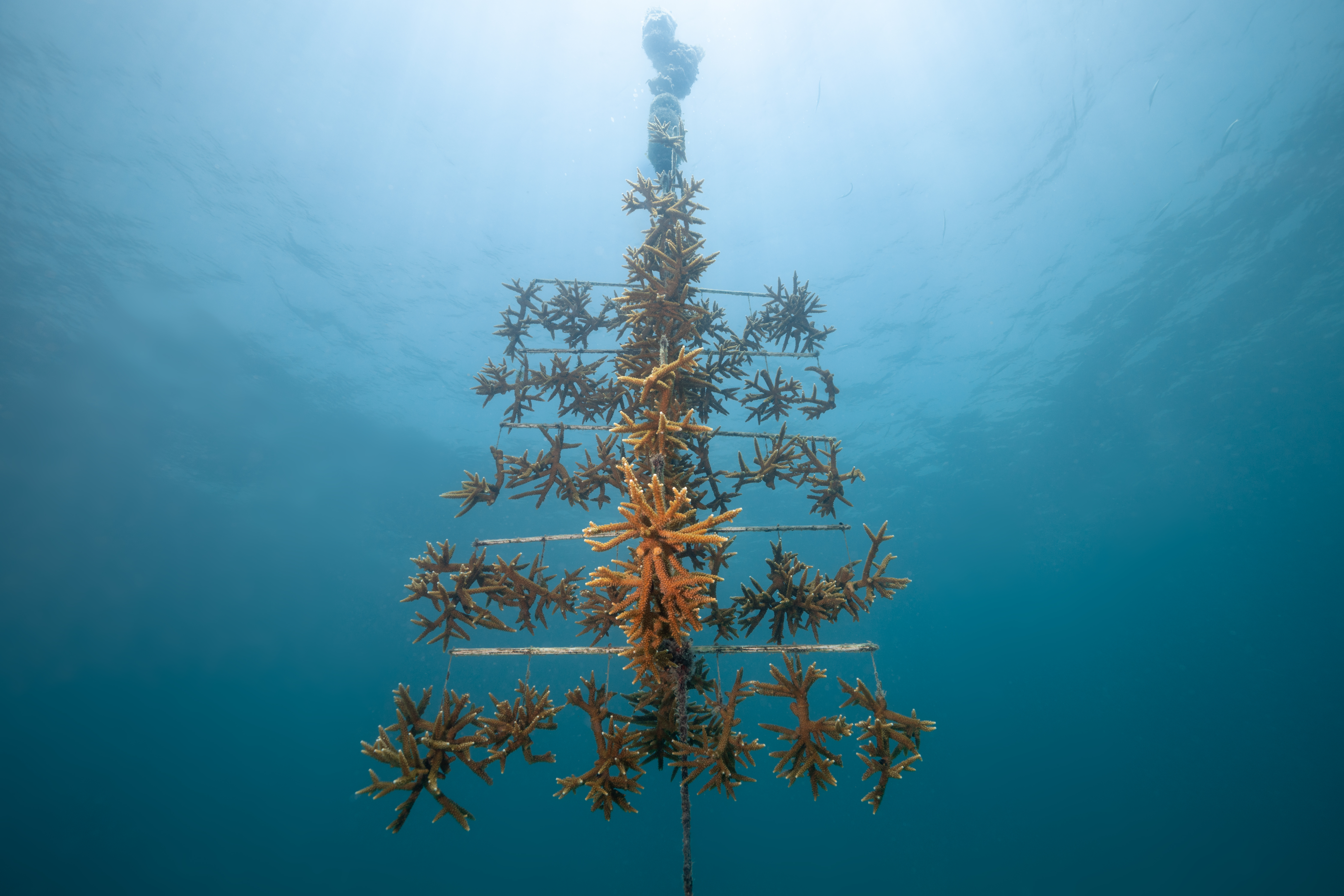
An unknown pathogen
Not much is known about white band disease, except that it is caused by a bacterial pathogen that can be arrested by antibiotics and quorum-sensing inhibitors.
“Some putative pathogens have been identified but we do not know what bacteria causes the disease,” Vollmer says.
White band disease is named after the bare, white coral skeleton that remains when patches of diseased tissue pull away.
Corals may look like rocks or plants, but they are actually animals related to sea anemones, Vollmer says.
Coral colonies consist of thousands of tiny animals called polyps that capture their prey using stinging tentacles. Vollmer says reef-building corals form a special symbiosis with photosynthetic algae that provide the coral animal with food in the form of sugars.
The symbiotic relationship can doom coral subject to thermal bleaching, when rising water temperatures stress the coral so much it expels the nutrient-providing algae from its tissues, causing the coral to turn completely white.
Thermal bleaching resistance — is it a thing?
It’s possible that rising sea temperatures are related to white band disease, Vollmer says.
“If you think about how diseases work, stress often makes individuals more susceptible to disease. A big stressor for corals is temperature stress,” he says.
“Our next NSF grant is actually going to explore the links between disease resistance and temperature tolerance. Are they the same sets of genes? Are they different sets of genes?”
Helping corals survive climate change is important for the formation of reefs that buffer wave action, support fish populations and bring in tourist dollars, Vollmer says.
Coral reefs have the most diverse ecosystems outside tropical rain forests, he says.
“When you see a coral reef, what looks like rock is actually accreted coral skeletons from living or previously living corals,” Vollmer says. “You don’t have a coral reef without the corals.”
Cynthia McCormick Hibbert is a Northeastern Global News reporter. Email her at c.hibbert@northeastern.edu or contact her on Twitter @HibbertCynthia.






